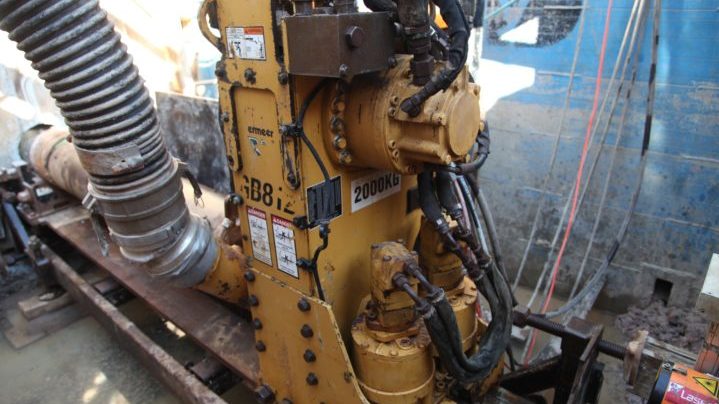The microtunnelling industry has grown exponentially over the past decade, with advances in equipment and practices making it the ideal choice for pipeline installations where a high level of accuracy and minimal disturbance to the surrounding environment is required. As a relatively new construction technique, it has seen rapid development and growth over the years, and the next ten years are expected to see it evolve even more.
Since it was first used over 50 years ago, microtunnelling has gone from achieving successful installations some of the time, to some machines being able to provide a consistently successful installation with an accuracy of ±10mm. A lot of this evolution in capabilities has taken place from the 2000s and the technique has since become an increasingly popular choice for trenchless pipeline installations in Australia and overseas.
Global microtunnelling pioneer and Managing Director of Edge Underground, Stuart Harrison, has been at the forefront of the evolution of the industry having developed the AXIS laser guided boring system in the early 2000s after seeing a gap in the market for a machine that combined pinpoint accuracy with a high level of productivity and efficiency.
The AXIS is now a leading machine on the market. It is the most accurate and designed with a host of unique features such as being able to perform pilot lines and retract to reduce problems occurring from unexpected ground conditions, and safety elements including pressure gages and a Falling Object Protective System (FOPS) safety enclosure.
“The growth of the industry and our capabilities over the past ten or so years has been significant, seeing us being able to take on projects that we never would’ve been able to previously. But there is still growth happening and to be had, and I think the next ten years will be huge, seeing the industry expand even more and further increasing the scope of what we can do,” Mr Harrison said.
What is driving growth and development?
Mr Harrison said this growth and development will not only be driven by equipment, but by work practices and project design, allowing contractors to find new solutions to problems and enabling them to put together a competitive package that provides a true alternative to open cut.
“I encourage my team to be at the forefront of this evolution – looking at the design of a project and thinking outside the box to see if there’s anything that can be changed so that the entire project can be done using microtunnelling or other trenchless technologies,” Mr Harrison said.
“If we can do this, it would not only be more cost effective but the time needed to complete jobs will be shorter. Then there are the flow-on additional benefits such as less disruption to the community and businesses, as well as to the environment.”
Mr Harrison said driving this kind of industry development is only possible when there is a group of committed people who want to set benchmarks and actively search for ways to improve what they’re doing every day.
“At Edge Underground, we have a group of committed people that are not only trying to set a benchmark in the industry with the equipment that is currently available, we also are very much shaping the future of the industry by looking at ways to improve the equipment and how it’s used to make it more capable to handle not only just the various ground conditions that are out there, but do it more reliably and more consistently.
“The traditional ways of doing pipe installations are definitely reducing year-by-year, and maybe ten years from now a majority, if not all, pipeline installations will be done trenchless. That evolution will ultimately be driven by us as an industry, and us as individual companies, to keep pushing the boundaries of what we can achieve with our equipment and practices.”

